Too often foundations request “innovative ideas” from their grantees but fail to accomplish the same thing internally — or even define what “innovation” means to them. The implied assumption is that innovation “just happens.” Further, lack of clear definition has come to imply that innovation must be a dramatic, game-changing, disruptive new idea or practice: the iPhone of early childhood education, the Post-It note of economic development.
- Top leaders – especially the CEO – serve as champions for innovation.
- The foundation believes that everyone can become innovative.
- The foundation is willing to regularly identify, test, pilot, and implement innovative ideas.
- The foundation adheres to prudent risk tolerance (not every innovative idea is a good one!).
Once these conditions are in place, there are four steps that your foundation can take to generate innovations on an ongoing basis. The four steps are:
1. Regularly search for innovative ideas. There are many sources of innovation that foundation staff and trustees can review and discuss to generate ideas. These could include unexpected successes or failures, unexpected events or changes in the industry, weaknesses in your grantmaking or other processes, or changes in demographics.
Search for changes that can produce opportunities. Feed group discussions with questions that help mine opportunities, such as: What has surprised us lately? What has changed in our environment or among our grantees?
Once you’ve generated some raw material, you can ask yourselves: What specific opportunities or ideas can we develop from these changes, challenges, and successes? What new approaches, products, or services can we create to take advantage of these opportunities or to address these needs?
2. Assess innovative ideas. Once you have identified possibilities for innovation, the next step is to assess them against four criteria:
- Cost – investments of grants, staff, outside expertise, new technology, etc., as well as potential risks.
- Benefits – that outweigh the risks, and will deliver results within an acceptable time frame
- Strategic fit – with the foundation mission, values and overall strategy
- Implementation – the processes and approaches needed to make the innovation work
By assessing the opportunities against these four criteria, you can determine your highest-potential opportunities.
3. Develop the innovation. Fully develop each innovation prior to implementing it. This not only helps you prepare, but also surfaces any additional challenges. Intentionally evaluate the opportunity, assess pros and cons, create best- and worst-case scenarios and the critical factors that lead to each, and identify risks and rewards. Once you have tested the innovative opportunity and agree it is worth pursuing, move on to implementation.
4. Implement the innovation. Formulate an implementation plan in which you identify the factors and actions that will support the implementation, as well as those that will work against it (and what you can do about them). You should also create a detailed action plan for implementation, which includes identifying activities, deadlines, and responsible parties.
Innovation can take many forms, depending on the community, the foundation, and the opportunities at hand. But perhaps the most inspiring aspect of innovation is that one innovative action often breeds another, and then another. In fact, the only limits to innovation are the ones we place on ourselves.
______________________________________________________________________
Want to become more innovative? Contact me at kris@putnam-consulting.com for a free consultation. Want to learn more? This post was adapted from The Putnam Guide: 5 Best Practices of Extraordinary Grantmakers, available for free download on my website. You can also check out my new book, Confident Giving.
Kris Putnam-Walkerly is a global philanthropy advisor and was recently named one of “America’s Top 25 Philanthropy Speakers.” Her clients include the Robert Wood Johnson Foundation, David and Lucile Packard Foundation, Annie E. Casey Foundation, and Charles and Helen Schwab Foundation, among dozens of others. Learn more at putnam-consulting.com.
“We needed more than an environmental scan. We needed someone to give us their analytical perspective on how best to build out an initiative of largely disconnected campuses and create a unified whole. Kris and her team delivered all this so we could get the initiative up and running. I would definitely hire her again.”
~Denis Udall, Former Senior Program Officer, Walter S. Johnson Foundation







